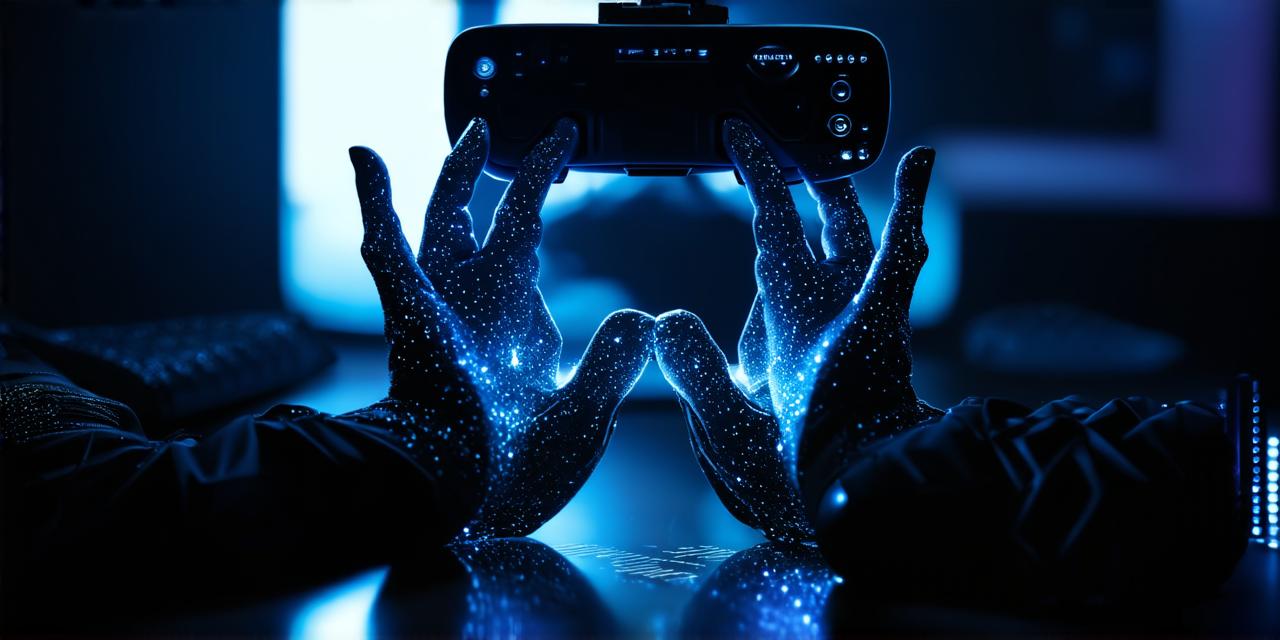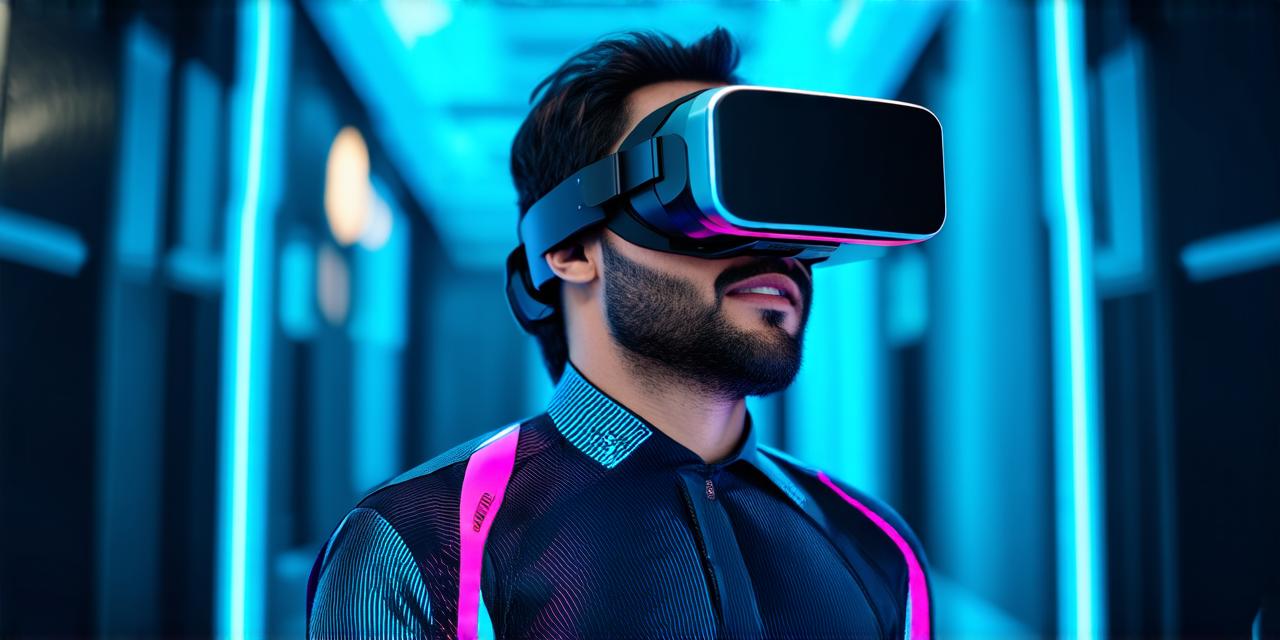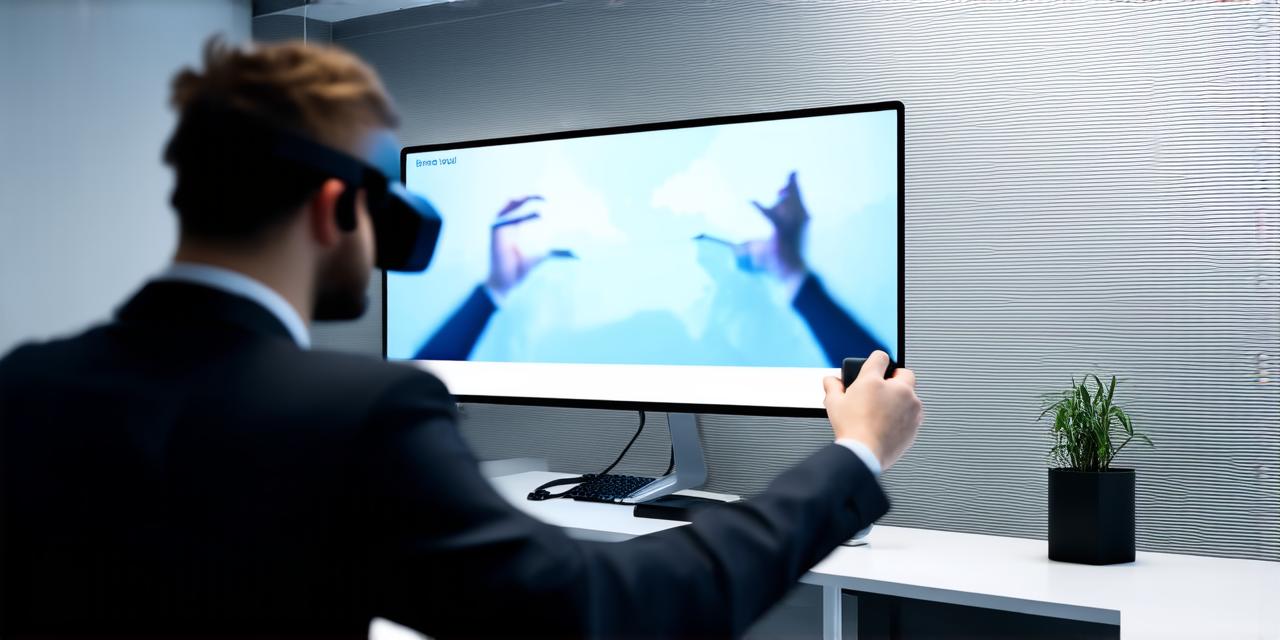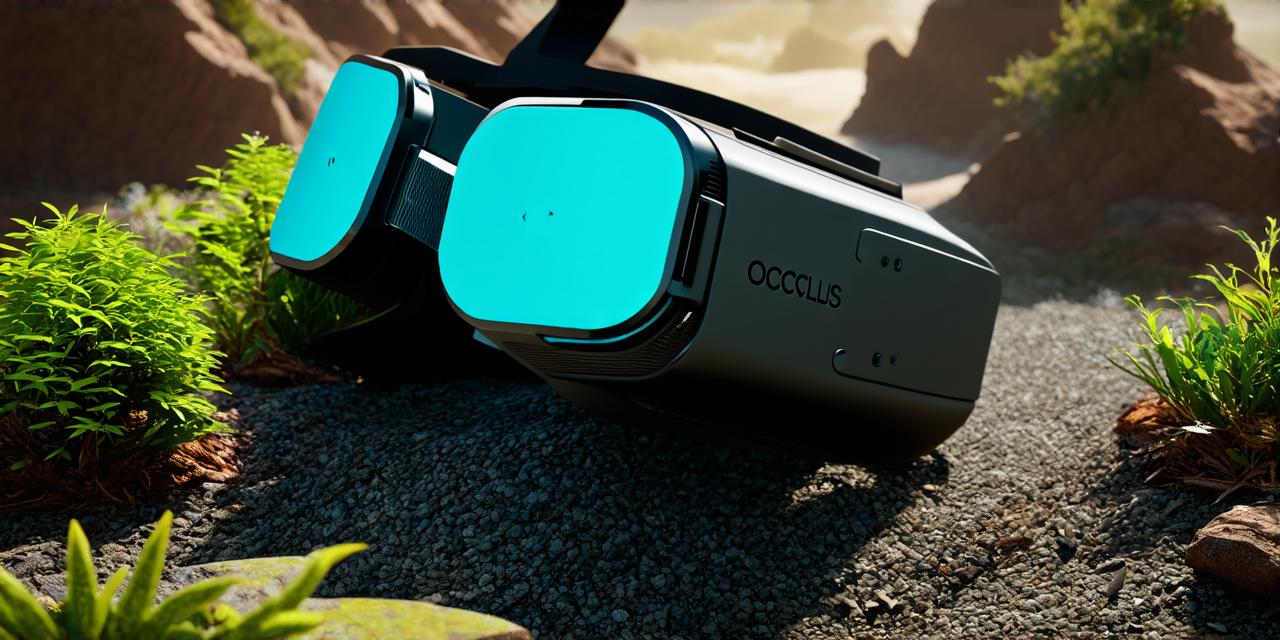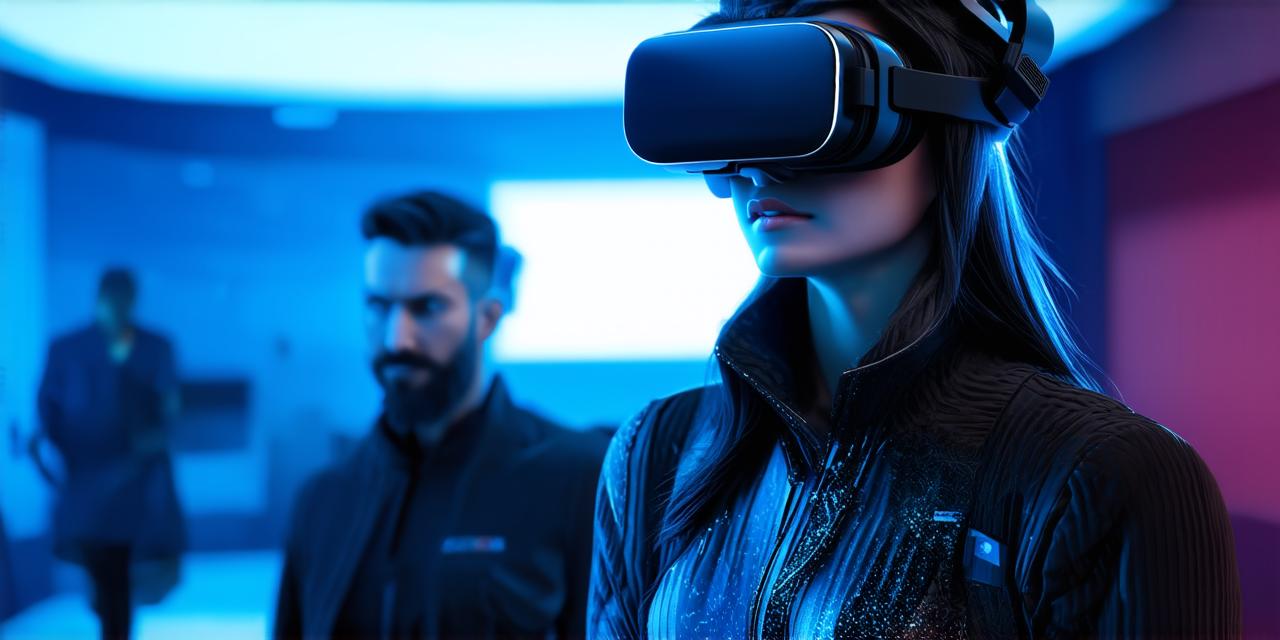Introduction
Virtual reality (VR) technology has revolutionized the way we experience digital content by creating immersive environments that blur the line between the real and virtual worlds. However, VR is not just about seeing and hearing, it’s also about feeling and interacting with virtual objects in a tactile manner. This is where tactile virtual reality (TVR) comes into play, which allows users to feel virtual objects as if they were real.
What is Tactile Virtual Reality?
Tactile virtual reality refers to the ability to experience virtual objects through touch sensors or other devices that simulate the sensation of touching real objects. This technology allows users to feel virtual textures, shapes, and weight in a way that feels natural and intuitive. TVR is achieved by using specialized gloves or haptic devices that are equipped with pressure sensors and actuators that mimic the sensation of touch.
Applications of Tactile Virtual Reality
TVR has a wide range of applications across various industries, including gaming, healthcare, education, and manufacturing. In gaming, TVR allows players to feel virtual objects in a way that enhances their immersion and creates a more realistic experience. For example, gamers can feel the texture of a sword or the weight of a weapon as they wield it in a game. This not only makes the game more engaging but also helps improve hand-eye coordination and fine motor skills.
Case Studies of Tactile Virtual Reality
One of the most well-known examples of TVR is the haptic feedback technology used in smartphones and other mobile devices. These devices use touch sensors to simulate the sensation of touch, allowing users to feel vibrations, taps, and other notifications. This technology has become so commonplace that it’s hard to imagine life without it.
Challenges and Limitations of Tactile Virtual Reality

While TVR has many potential applications, there are also some challenges and limitations to consider. One of the biggest challenges is the cost of haptic devices, which can be expensive to produce and maintain. This can limit their adoption in certain industries or applications.
Conclusion
Tactile virtual reality is a promising technology that has the potential to revolutionize the way we experience digital content. By allowing users to feel virtual objects in a tactile manner, TVR can create more engaging and realistic experiences across various industries.
